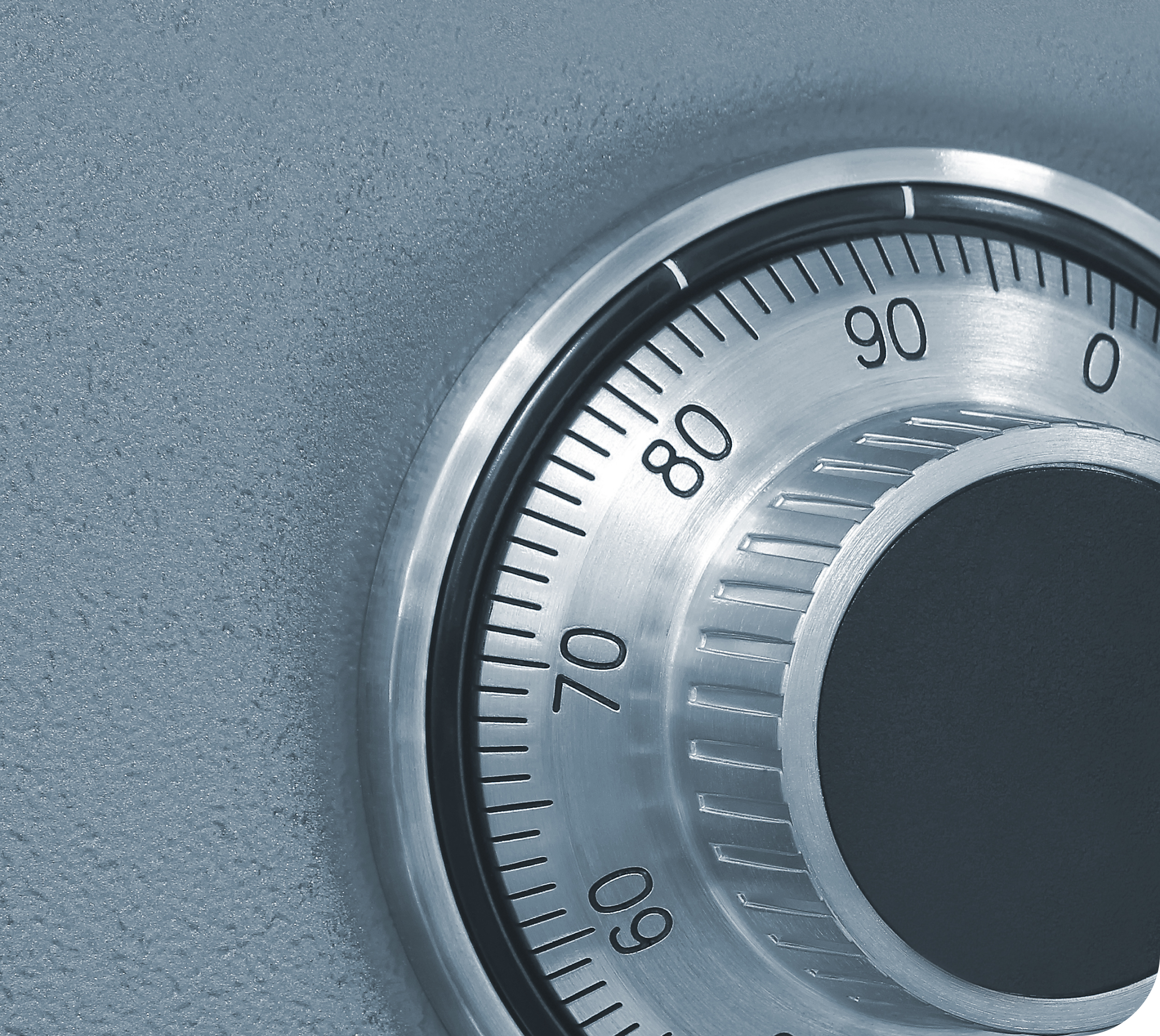The Key Lock
The most traditional Method
Key locks are a proven and reliable method of securing safes.
Using at least two double-bit keys ensures that access is only granted to authorised persons. If a key for a grade I or II safe is lost, a replacement can be made by presenting an original key to the manufacturer or a specialist shop. For grade III and above, convertible locks are used.
-
Advantages
- Robust and durable
- No code that needs to be memorised
- Access authorisation is clearly defined
- Most cost-effective lock solution
-
Disadvantages
- Risk of losing the key
- Lengths of up to 12 cm can make the key unwieldy
- Lack of discretion if the key hangs conspicuously on the key ring
- Costs for replacement keys are quite high
